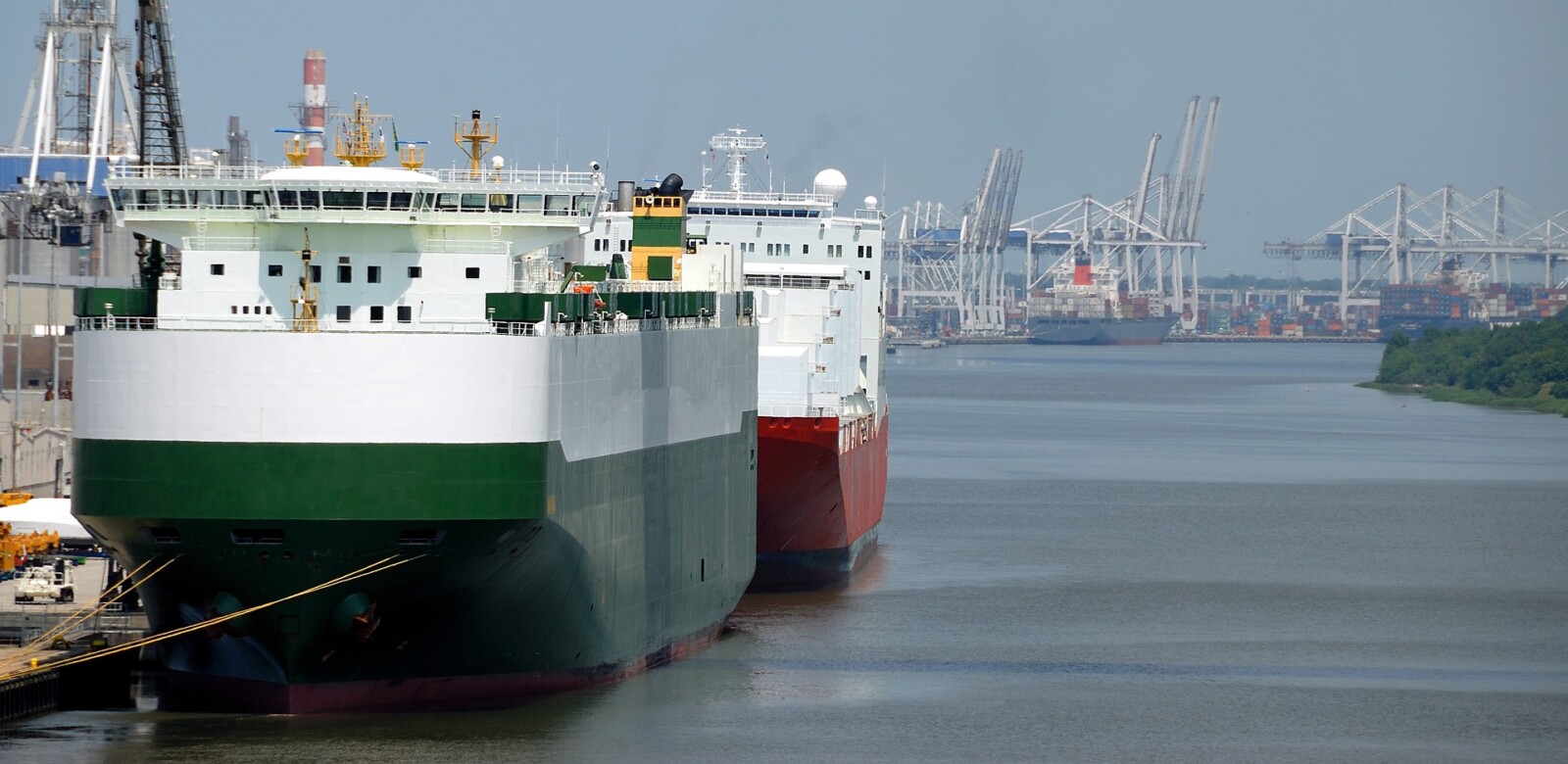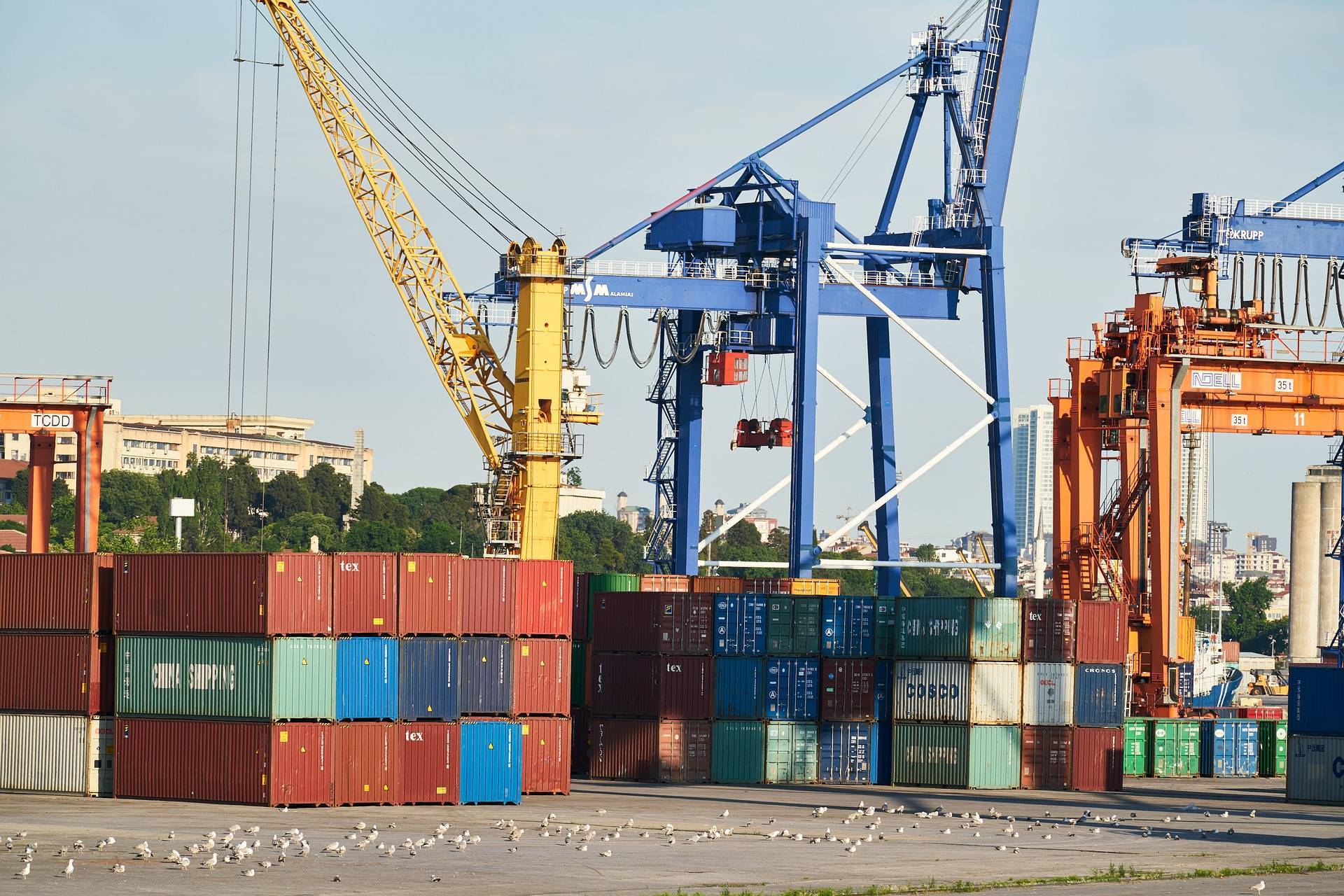Maritime pilot work

Automatic translation
Working as a pilot is slightly different from the usual maritime profession. The services of a pilot are often not needed throughout the entire sea route, however, in those places where he may be useful, his services cannot be dispensed with.
The origin of the word "pilot" is Dutch and literally means "a man showing the way." In the Middle Ages, the crew of any sailing-rowing ship included two pilots. This was due to the fact that detailed maps of the seabed did not exist and the pilots practically manually measured the depth and relief so that the ship would not run aground or run into pitfalls.
Pilot job
Today, the work of a pilot is work in anticipation of a call from a ship, which must be navigated along a difficult route, often to enter a port, pass through locks or emergency-dangerous sections of the sea route. Therefore, as a rule, pilots are seafarers "attached" to a port and spend most of their time on land. In addition, for the use of their services, shipowners pay a special fee, which goes to the fund of the state-owner of the port.
Naturally, working as a pilot without perfect knowledge of the sea shelf zone under his control and specialized education will not be able to save the ship from emergencies. Therefore, these are the basic requirements for a candidate for the position of a pilot. Other important qualities of a good pilot include experience in navigating ships, a deep understanding of the basics of the mechanics of various types of ships, their structure and control, developed skills in navigating a ship in adverse weather conditions, exceptional attentiveness and accuracy and, of course, a good knowledge of English. As the recent situation with the container ship Evergreen has shown, even experienced pilots can make mistakes that can lead not only to an accident on one ship, but also provoke a transport collapse of an entire industry.
 What is the pilot's working order?
What is the pilot's working order?
What is the pilot's working order? First of all, he is taken to a ship in need of his services. This can be done both by small craft and by air transport (helicopter). Further, the pilot, in fact, takes control of the ship and, depending on the task, helps the captain in passing dangerous sections of the sea route, giving appropriate commands. Usually, pilots help to take the ship out of the port or after passing the locks into the sea water area, or they escort it along the fairway to the place of unloading or anchorage through hazardous water areas. If necessary, the pilot can also set up special pilotage signals.
The captain transmits the request for a pilot by radio, having previously contacted the coastal zone, and when approaching a dangerous section, this call must be duplicated with the appropriate flag. More detailed information about the current procedure for calling a pilot on a ship is usually printed in sailing directions or specialized bulletins. According to the current procedure, a pilot, upon joining a ship, becomes an advisor to the captain, but this does not relieve the captain of the responsibility for the safety of his ship. Moreover, the pilot has the right to refuse to navigate the vessel if the captain does not heed his recommendations. In the event of an emergency or accident due to the pilot's fault, the losses are covered by the administration of the port to which he is attached.
Seafarers who graduated from specialized educational institutions with a degree in Navigation can apply for the position of a pilot. Unfortunately, in recent years there has been a significant decline in the salaries of pilots in Ukrainian ports. If according to the data for 2014, pilots in Ukraine received about 2,500 USD, then today it is unlikely that it will be possible to find options with payments higher than 800-900 USD, or even one and a half times less. Nevertheless, this profession has its advantages associated with the absence of the need to work for a long time at sea, far from the family.


